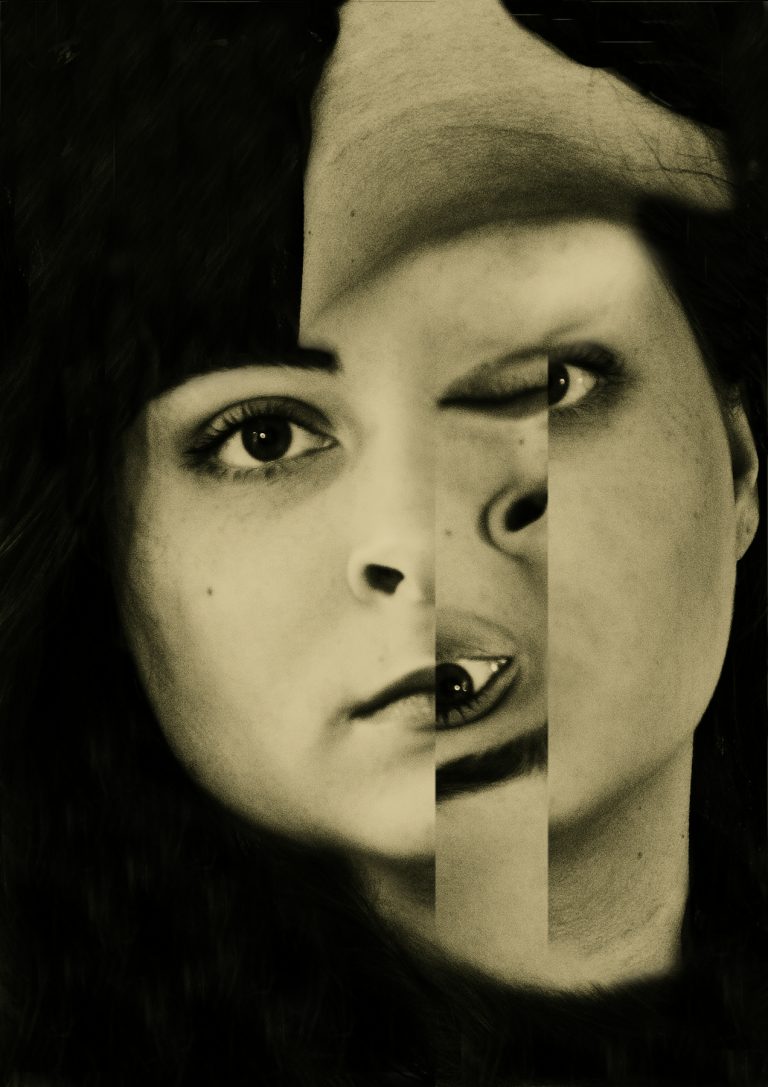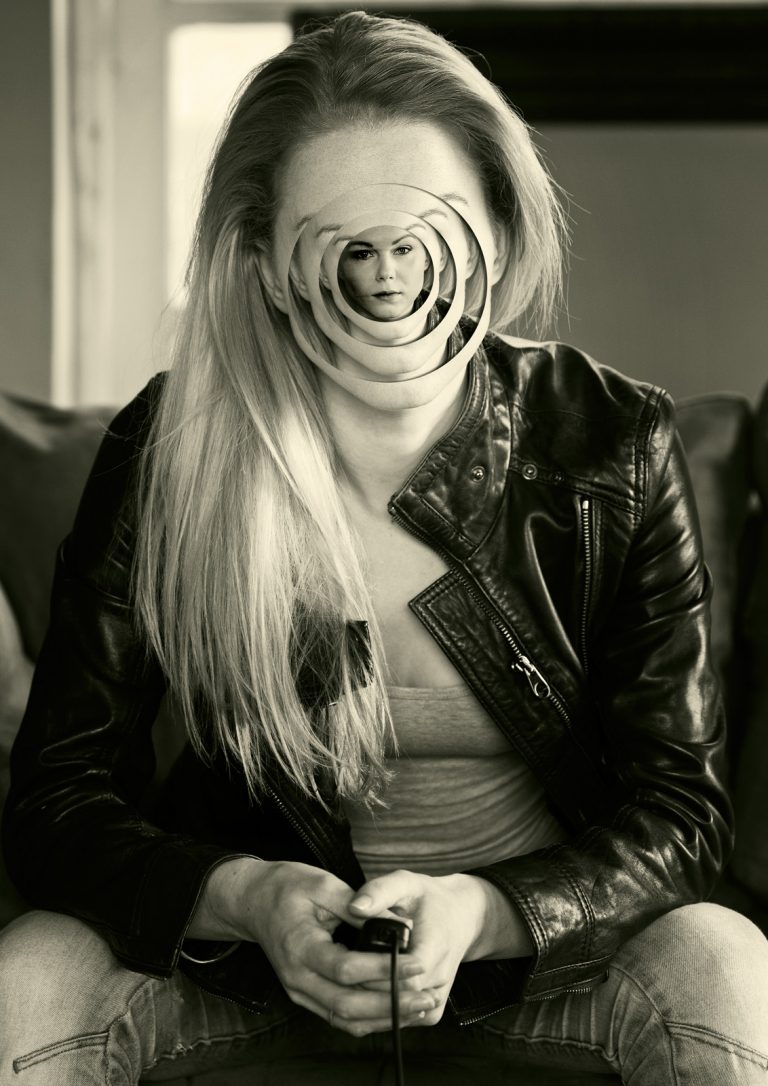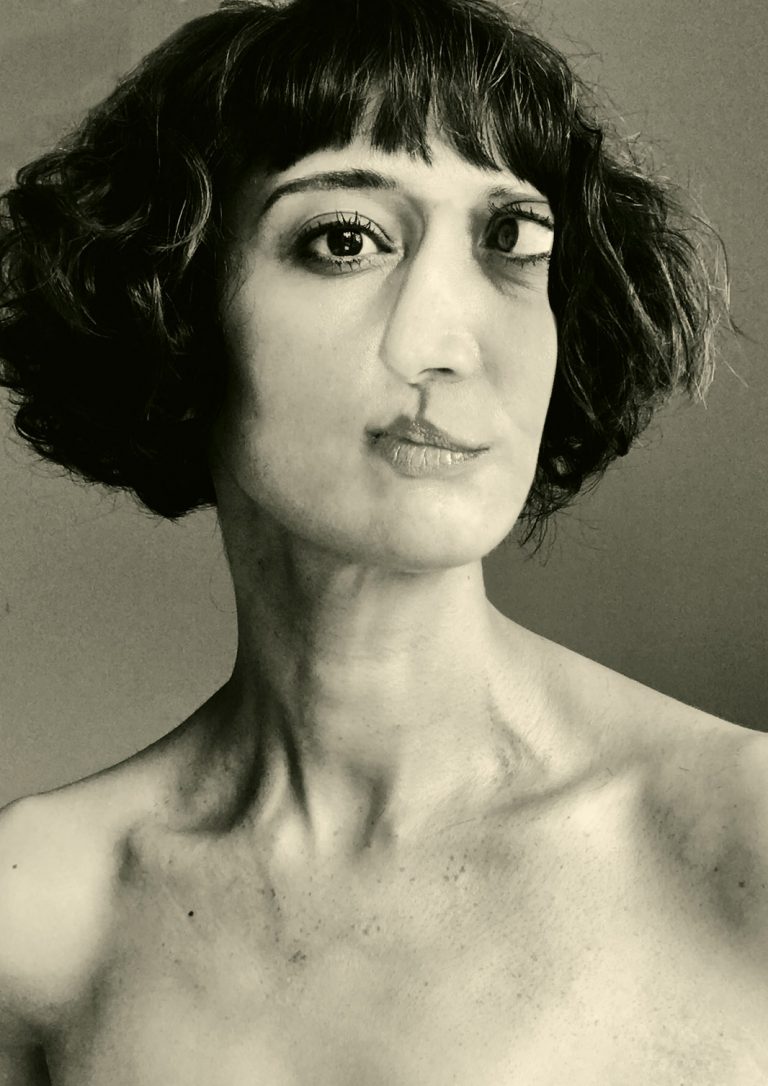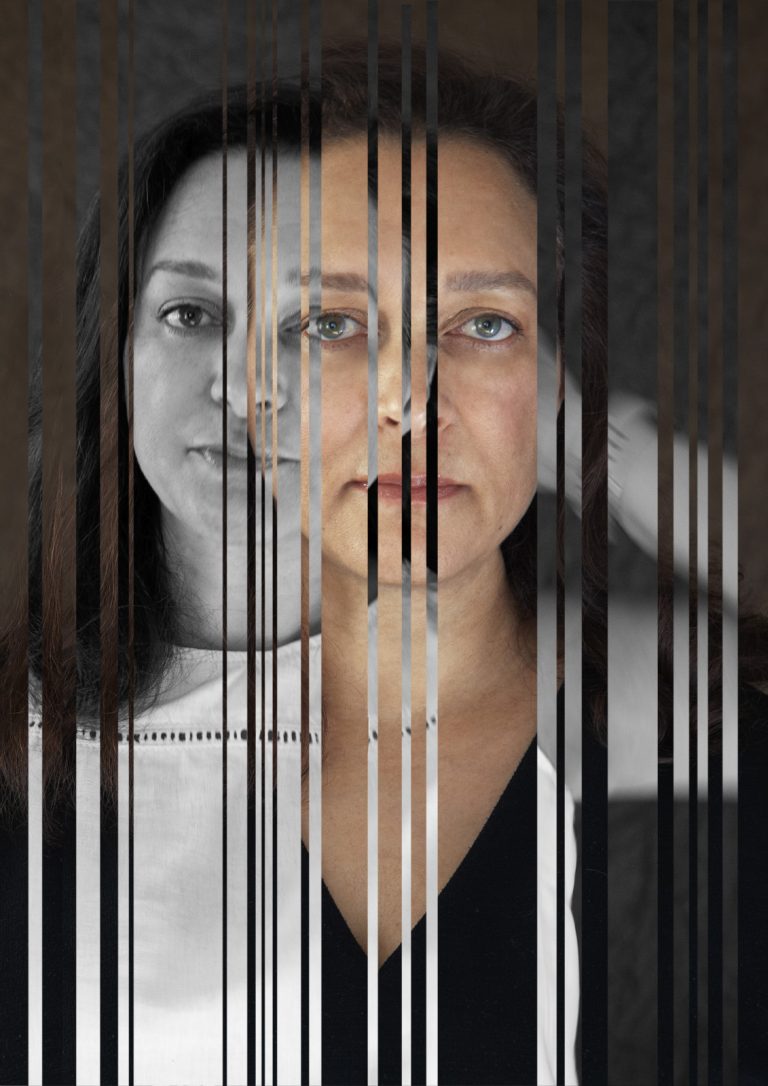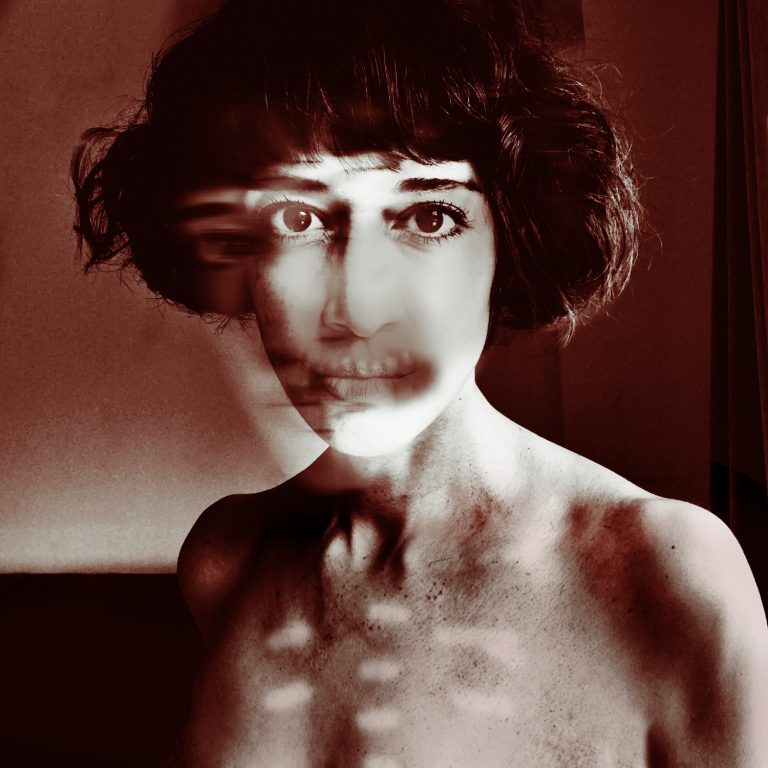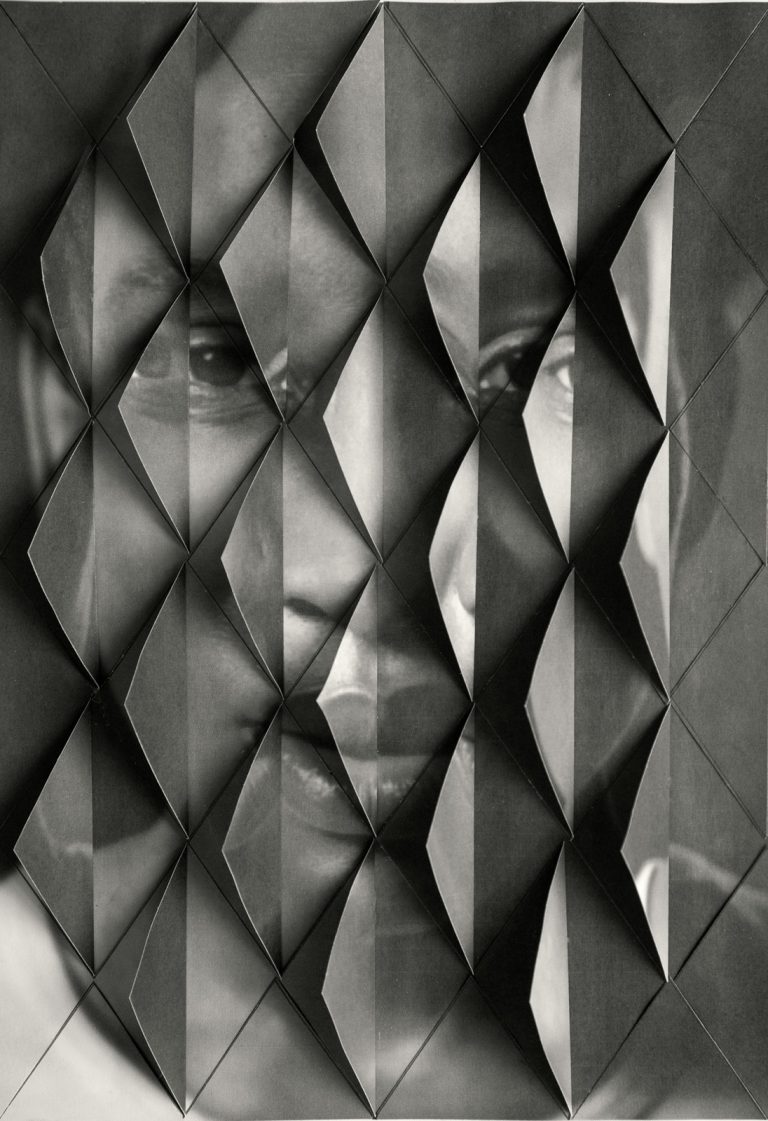Self-i /
The selfie is a millennial social phenomenon. Once the sole domain of teenagers, it has now permeated our culture on a grand scale — arguably distorting how we perceive ourselves and how we want to be perceived, as we turn the camera in on ourselves.
In this project, Self–I, I explore the intersection of self-expression and image-making through a participatory approach. Empowering my subjects, I hand them a remote control, granting them complete autonomy in capturing their own image over a predetermined duration. This process allows individuals to curate their poses and presentations, fostering a deep connection between self-perception and photographic representation.
The *Self–I* project explores the image of the self through contemporary reinterpretations of portraiture. Read more
I take on the role of photo editor/retoucher, manipulating the resulting images using both analogue and digital techniques. By infusing the portraits with my own interpretation of Instagram and mobile phone filters, I examine the intersection of personal identity and the visual language of contemporary digital culture.
During the Covid-19 lockdown, some participants emailed selfies taken on their phones. These digital contributions became part of the evolving Self–I series.
We take a form with historical and aesthetic traditions and create countless copies of ourselves. I wonder if these copies are a way of saying: “I am here — here is my Self.”
In essence, the selfie could be considered a modern form of self-portraiture — one with deep historical roots. The Western tradition of the self-portrait arguably begins with Albrecht Dürer’s signed image at the age of 28 in the early 1500s.
Unwittingly (or was it?), he set in motion a cultural phenomenon that has endured across all artistic media: the act of depicting one’s face as the place one resides — as one’s self. In creating a selfie, artist and subject are fused, both literally and metaphorically.
Artists like Vincent van Gogh and Frida Kahlo painted self-portraits to interpret their emotional landscapes — van Gogh even depicted himself as a chair. Today, however, self-portraiture on digital media often serves to present our best life — an idealised version of self, however far removed from emotional or physical reality.
Retouching, filtering, and texture overlays are now the norm — tools to make ourselves appear different, or better, in our own eyes. With Self–I, my aim was to experiment with a range of techniques to explore that impulse — and to question how filtering relates to self-perception, projection, and control in the age of the image.


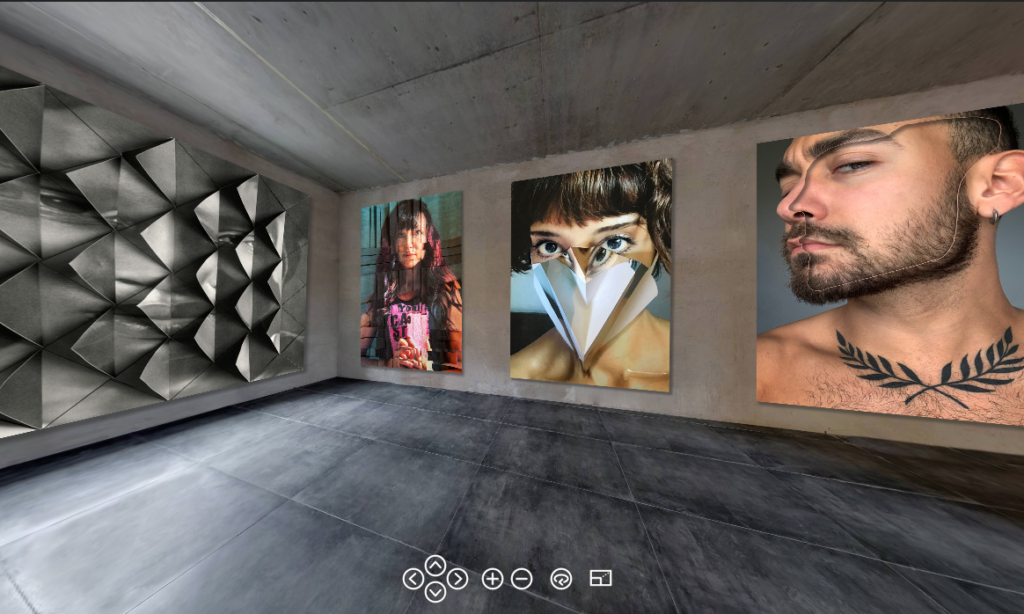

Home » Self-i

